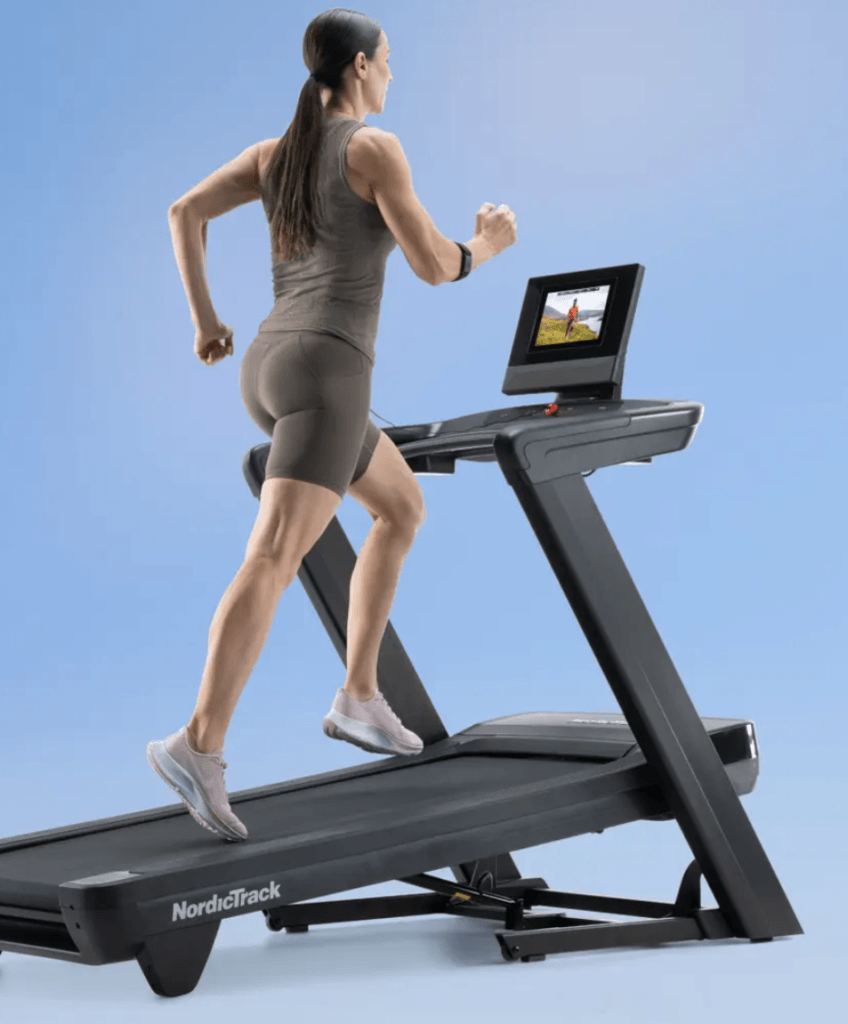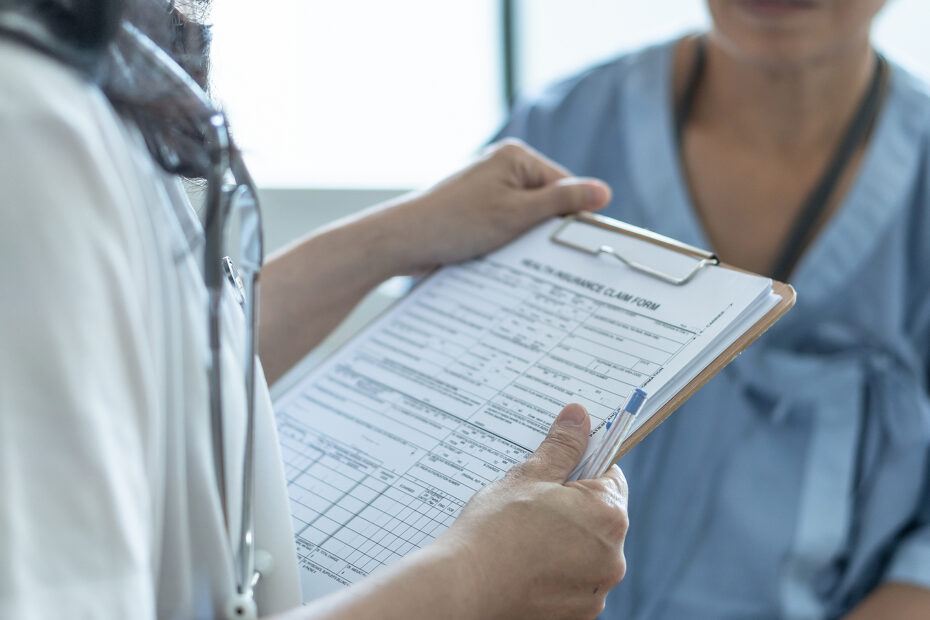As healthcare costs continue to rise, utilizing a Health Savings Account (HSA) or a Flexible Spending Account (FSA) can be an effective way to manage expenses, especially for seniors who often face increasing medical needs.
These accounts allow you to save money pre-tax and use it for eligible healthcare expenses, ultimately reducing out-of-pocket costs.
Knowing what expenses qualify is key to making the most of these benefits – and there are a few surprising eligible expenses that most of us probably aren’t taking advantage of.
In this guide, we’ll go over some of these additional benefits, as well as what you have to do to take advantage.
But let’s make sure we all know the difference between an HSA and a FSA first.
Understanding HSAs and FSAs
Before diving into eligible expenses, it’s important to understand the differences between FSAs and HSAs.
Here’s a quick comparison:
| Feature | FSA | HSA |
|---|---|---|
| Eligibility | Available through employer plans | Requires a High Deductible Health Plan (HDHP) |
| Contribution Limits (2025) | $3,300 | $4,300 (individual); $8,550 (family) |
| Ownership | Employer-owned | Account holder-owned |
| Rollover Options | Limited rollover (up to $660 or grace period) | Funds roll over indefinitely |
| Portability | Not portable; tied to employer | Portable; stays with you |
| Tax Benefits | Pre-tax contributions | Pre-tax contributions, tax-free growth, and withdrawals |
Understanding these distinctions can help you decide which account best suits your financial and healthcare needs.
Before diving into the list of eligible expenses, let’s briefly review how HSAs and FSAs work:
- HSA: Available to individuals with a high-deductible health plan (HDHP), an HSA allows you to save and invest money for qualified medical expenses. Funds roll over year to year, making it a great tool for long-term planning.
- FSA: Offered by many employers, an FSA lets you set aside pre-tax dollars for healthcare costs. However, funds typically expire at the end of the year (or after a short grace period), so it’s important to plan your spending carefully.
HSA/FSA Eligible Expenses
Both types of accounts are designed to be used for medical expenses like physician visits, prescription meds, and medical procedures, but there are a lot of other possible uses that a lot of us probably aren’t taking advantage of.
These include:
1. Over-the-Counter Medications
Thanks to recent legislative changes, many over-the-counter (OTC) medications are now FSA/HSA-eligible without a prescription.
This includes:
- Pain relievers (e.g., ibuprofen, acetaminophen)
- Allergy medications
- Cold and flu remedies
- Antacids and digestive aids
Stocking up on these everyday essentials can be a smart way to use your FSA/HSA funds.
2. Sunscreen and Sun Protection
Sunscreen with an SPF of 15 or higher qualifies for reimbursement.
Additionally, sun-protective clothing, hats, and sunglasses may also be eligible if they are specifically designed for UV protection.
And considering how expensive these products can be, using your HSA or FSA to pay for these could be helpful before your next trip to the beach.
3. Home Medical Equipment
Investing in medical equipment for home use can be costly, but many items are FSA/HSA-eligible, including:
- Blood pressure monitors
- Thermometers
- Glucometers and test strips
- First aid kits
- Walkers, canes and other mobility aids
Speaking of walking aids (walkers, canes, etc), unlike insurance plans, you don’t need a doctor’s prescription to qualify (which can save folks a big headache and make the whole process a lot faster).

4. Fitness Equipment
While gym memberships are typically not covered, in some situations, you may be able to use your HSA or FSA to purchase home fitness equipment like bikes, ellipticals, and treadmills.
You’ll need your physician to fill out a Letter of Medical Necessity (LMN), stating why you medically need a said equipment to qualify.
But some fitness equipment providers are making this easier than ever.
NordicTrack, for example, has a Flex program where you can purchase fitness equipment online and directly pay using your HSA or FSA card.
NordicTrack will even assist with getting your LMN filled out and filed as well.
You can also save your receipt (and LMN) for reimbursement if you pay out of pocket for your equipment… pretty cool.
5. Acupuncture and Alternative Therapies
Acupuncture sessions are widely accepted as eligible expenses under FSA and HSA plans.
Other alternative therapies like chiropractic care, therapeutic massages (with a doctor’s recommendation), and even hypnosis for certain conditions may also qualify.
6. Pregnancy and Baby Care Supplies
Preparing for a baby? Many pregnancy-related expenses are eligible, including:
- Breast pumps and accessories
- Prenatal vitamins
- Maternity support belts
- Baby monitors (if deemed medically necessary)
7. Mental Health and Counseling Services
Mental health is an essential part of overall well-being.
FSA/HSA funds can cover expenses like therapy sessions, counseling, and psychiatric care.
Some plans may also even reimburse for online mental health platforms.
8. Travel for Medical Care
If you need to travel to receive medical treatment, associated expenses may be eligible.
This includes:
- Mileage to and from appointments
- Parking fees
- Public transportation costs
Be sure to keep detailed records to claim these expenses for reimbursement.
How to Use Your HSA/FSA to Pay for Eligible Expenses
Using your HSA or FSA is straightforward and can save you money on healthcare costs.
Here’s how to do it:
- Check Your Plan Details:
- Confirm which expenses are eligible by reviewing your plan’s guidelines. Most administrators provide a list of eligible items and services.
- Use Your Debit Card:
- Many HSA and FSA accounts come with a dedicated debit card. Use this card to pay directly for eligible expenses at pharmacies, doctor’s offices, or online retailers.
- Submit Reimbursement Claims:
- If you pay out-of-pocket for an eligible expense, keep the receipt and submit a claim for reimbursement through your account administrator’s portal. Be prepared to provide documentation, such as a detailed invoice or a doctor’s note for certain expenses.
- Shop at Approved Retailers:
- Some retailers have online stores or sections specifically for FSA/HSA-eligible products. These make it easy to find qualifying items.
- Track Your Expenses:
- Keep a record of all transactions and receipts to ensure you stay within contribution limits and avoid any discrepancies during tax season.
- Know the Deadlines:
- FSAs often have a “use it or lose it” rule, so make sure to spend your funds before the end of the plan year or any applicable grace period. HSAs don’t have this limitation, as funds roll over indefinitely.
By following these steps, you can ensure that you’re maximizing your account’s benefits while staying compliant with its rules.
How to Maximize Your FSA/HSA Benefits
Plan Ahead
When open enrollment time rolls around (usually November – January), stop and think about your expected healthcare needs for the upcoming year.
Try to set aside the appropriate amount to cover these expected expenses (prescription meds, planned procedures, etc), as well as bit extra to cover any unexpected expenses that could come up.
If you’ve never used an HSA or FSA before, think about last year’s medical expenses to get a rough estimate of your needs.
Keep Receipts
Always save receipts and documentation for medical expenses!
If you plan on using your HSA/FSA to cover these costs, you may have to present these receipts to prove what you purchases.
Especially if you’re using funds to pay for fitness equipment or something else not as common.
Use the Full Balance (FSA)
FSA funds typically have a “use it or lose it” rule, so make sure to spend them before the end of the plan year (or grace period).
HSA funds, on the other hand, roll over from year to year, so you don’t have to be quite as specific when determining how much to fund into these each year.
But since you can invest HSA funds and they’re always yours (even if you change jobs), it makes financial sense to make the max contribution each year if you can.
Consult Your Plan
Rules can vary by provider, so check with your FSA or HSA administrator to confirm eligibility for specific items that you aren’t sure about.
Final Thoughts
HSAs and FSAs are powerful tools for managing healthcare costs, especially for seniors facing increasing medical needs.
By understanding what expenses are eligible, you can make informed decisions and maximize the benefits of these accounts.
Whether it’s routine checkups, medical equipment, or long-term care needs, knowing what’s covered can help you save money and stay on top of your health.
Make sure to review your specific plan details, as some rules and limits may vary.
And again, always save those medical receipts in case you need them for proof.
Anyway, I hope you found this article helpful and if you have any questions or comments, just leave ’em below and I’ll get back to you shortly.



